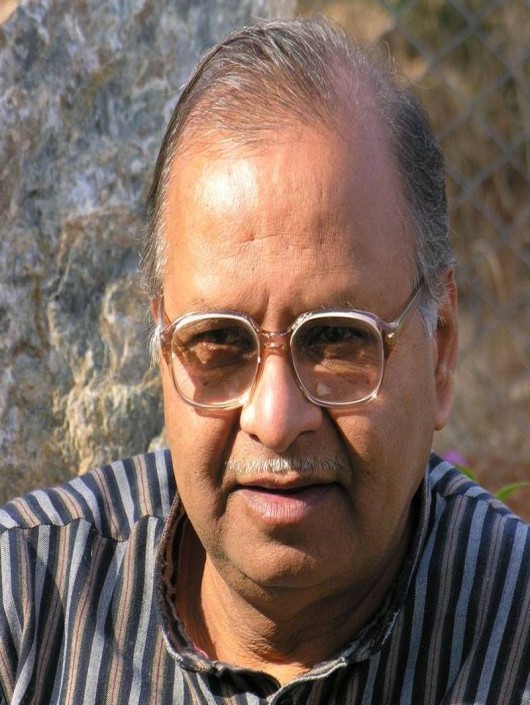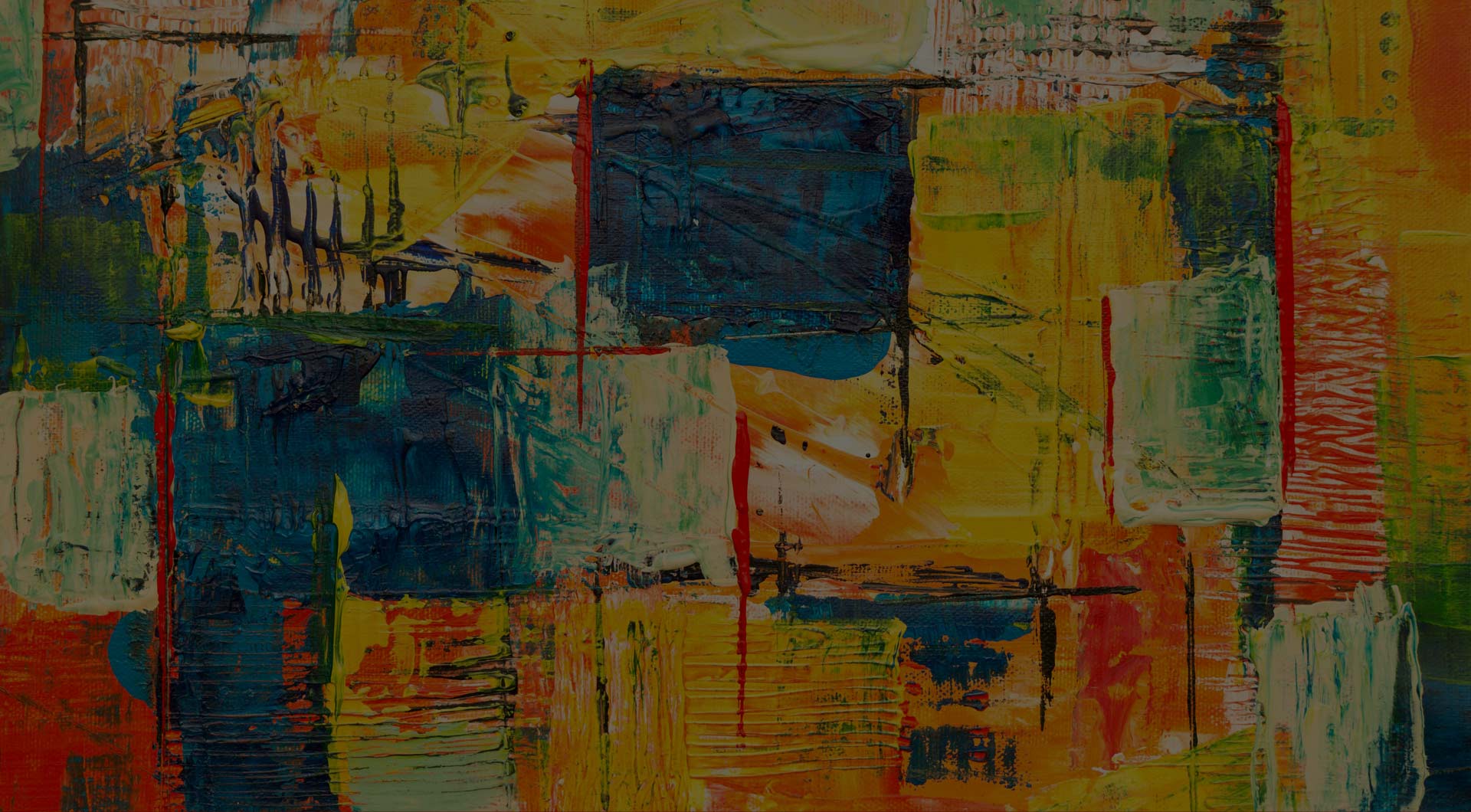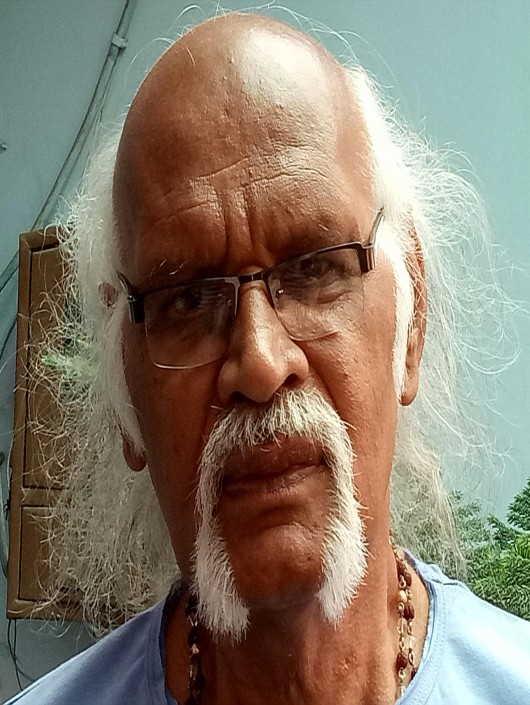Vidyasagar Upadhyay (b. 1948, Rajasthan) is a prominent name in Indian contemporary art, whose practice has evolved from early representational work to profound explorations in non-figurative abstraction. He completed his Master’s degree in Fine Arts (Painting) from the University of Udaipur in 1970 and went on to earn a Ph.D. in Painting at Mohan Lal Sukhadia University, Udaipur, in 1996.
From the very beginning, teaching and artistic practice developed side by side in his career. Influenced by the encouragement of his school art teacher and by the landscapes of Rajasthan, he developed a strong base in visual language. His initial works were representational and often in black and white, but gradually he moved away from figuration. His present practice focuses on pure abstraction—free from mythological or narrative dependence—aiming instead for emotional and philosophical resonance, somewhat comparable to the role of music in the works of Kandinsky or Mondrian.
In recent years, Upadhyay has experimented with circular formats, breaking away from the conventional square or rectangular canvas. The circle in his work becomes a symbolic space, suggesting meanings that move between the physical and the spiritual. His paintings, often executed in acrylics, mixed media, graphite, pastels, watercolours, Chinese ink, and printmaking, reveal a refined combination of technical skill and conceptual depth.
Alongside his art practice, Upadhyay has been deeply involved in art education and institutional roles. He taught at the Rajasthan School of Art in Jaipur and served as editor for the State Akademi of Fine Arts, Rajasthan. His contributions include curating important exhibitions and participating on the executive board of the National Akademi of Fine Arts, New Delhi.
Over his career, he has received numerous awards, among them the National Award by the Lalit Kala Akademi (1981), the UP State Akademi Award (1984), the Bihar Lalit Kala Akademi Award (1985), and the Rajasthan Lalit Kala Akademi Award (1991).
His works have been widely shown across India and internationally and are represented in both public and private collections, ensuring his place as a significant influence in the story of modern and contemporary Indian art.


